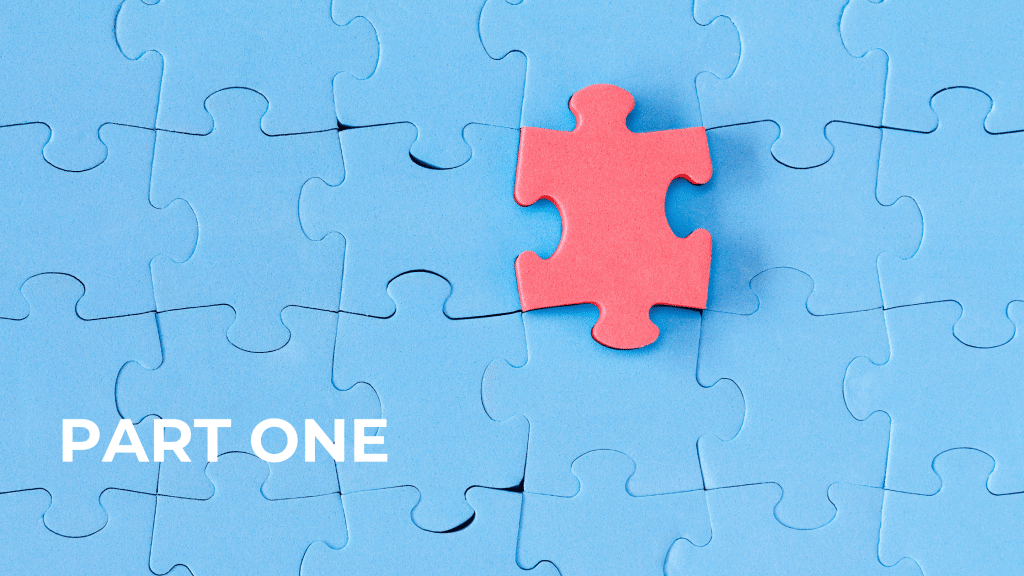Early in my career, I often sat on one side of the table supporting senior managers to effect change while union officials and delegates, concerned about how the change would affect them, sat on the other side.
It wasn’t unusual for the union officials to get worked up and put on a show for their members. Many managers found it hard not to take the union slurs personally.
After one particularly heated meeting, I received a call from a manager asking me how I managed to have a friendly, personal conversation with the union official after the meeting.
The answer was simple. I needed to build and maintain a rapport with union officials to do my job well.
I learnt to play the issue, not the person. However, I also learnt not to ignore the person.
Working with stakeholders at an inter-jurisdictional level, I would see many bureaucrats falling into the trap of failing to connect with stakeholders and then wonder why they faced so many barriers to effecting change.
Forming a deeper, personal connection with stakeholders in such situations can be awkward. Our instinct to stand back and protect ourselves is natural. Not only is the situation socially ambiguous, but how they see you is also coloured by whether they’re getting what they want.
And that is exactly why you need that personal connection.
It’s crucial because, without it, you will find it difficult to get their perspective and explore how you can align rather than work against each other.
In his new book Supercommunicators: How to Unlock the Secret Language of Connection, Charles Duhigg explains that we must do more than walk in someone else’s shoes. That we need to go beyond imagining you are them, because of the inherent risk of incorrect assumptions, and seek out the other person’s perspective.
We can get that perspective when we stop focusing on the facts and ask people how they feel.
We tend to assume that people will find our questions intrusive, so we stick to inane small talk about the weather. In doing so, we miss out on opportunities to build rapport, show empathy and reciprocate by appropriately sharing our own vulnerability.

Duhigg refers to multiple studies about how asking deeper questions and following up those questions with other deeper questions is often enough to make people start listening and question their assumptions.
In one 2016 Harvard study, the researchers found that when people are asked questions, particularly follow-up questions, they are more likely to feel validated and heard and want to interact with that person in the future.
However, the follow-up questions must build on what the person shared and signal that their perspective is valued.
Imagine you’re controlling a sluice gate of insights that you can choose to open wider by asking respectful, probing questions. When the other person exposes their vulnerabilities, you match their vulnerability by briefly revealing something about yourself. Then you keep asking questions focused on feelings, beliefs and motivations rather than facts.

Remember to keep bringing the conversation back to the other person to avoid the trap of making the conversation all about you. This is an important reminder if you’re like me and can sometimes get caught up in sharing a long-winded story.
Duhigg says, ‘If we ask questions that push people to think and talk about their values, beliefs and experiences and then reciprocate with emotions of our own, we can’t help but listen to one another’.
Asking the right questions might sound daunting, but Duhigg explains that it’s all about how you recast the questions.
Instead of asking, ‘What did you do over the weekend?’ Ask, ‘What did you enjoy most about last weekend?’
You’ll immediately get beyond the weekend activity to an insight into what is important to the other person.
Keep gathering those insights, and the next time stakeholder relations are challenging, you can draw on that pre-existing connection to explore the issue at hand.
You’ll avoid playing the person because you’ll know where the person is coming from and how to keep exploring what’s important to them.







